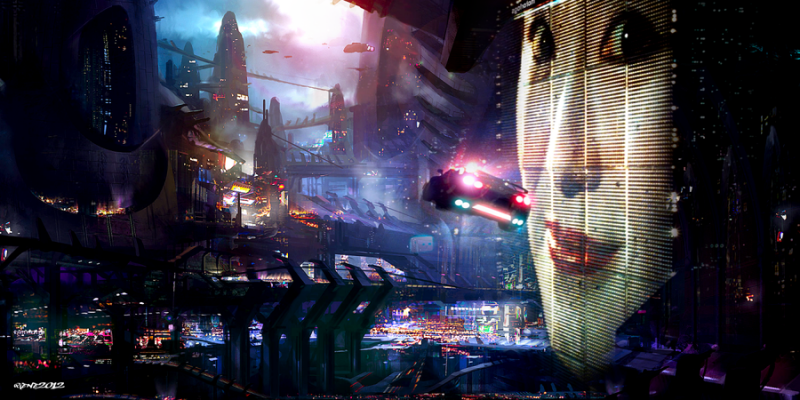
Figure 1. Ridley Scott, Bladerunner, 1982. Film Still.
In the iconic, cult classic, science fiction film Bladerunner (adapted from Philip K. Dick’s Do Androids Dream of Electric Sheep), Scott depicts a dystopian urban landscape with biogenetically engineered replicants that are indistinguishable from other humans. Multimedia artist Keith Piper in his Robot Bodies suggests that “replicants can effectively pass as a normal member of the human race, but the robot is immediately and visibly marked as a mechanoid, other, servant, or monster” (AEM, Piper, 2001, pg. 250). The replicants also have a predetermined live cycle dictated by the governing body-the Tyrell Corporation (see Fig. 1). Piper further discusses how robots are portrayed as servants with little democracy. He uses the example of the rover robot Sojourner Truth (which was sent to Mars in 1997), to describe how even in present day we still often associate robots as servants. Piper describes how the Mars Pathfinder rover (see Fig 2-4) was named after the American civil rights activist Sojourner Truth (AEM, Piper, 2001, pg. 250). Piper critiques our understanding of culture, appropriating narratives, and brings awareness to the rich history of black peoples (Sojourner) whom have possibly been forgotten. He offers the reader/viewer a further critique about how media reuses histories to promote a larger political agenda.



Figure 2-4. Rover Sojourner, 1997. Found images.
Synthetic forms such as Scott’s Bladerunner replicants could perhaps create a new cultural history, where the body is transformed, and binaries are reassembled. By this I mean, that our bodies mutate and become more than just life-forms- more than just a human form as we understand or socially accept it in current cultural realms.
Works Cited
Dick, Philip K. (1996) [1968]. Do Androids Dream of Electric Sheep?. New York: Ballantine Books.
Mitchell, WJ Thomas, and Mark BN Hansen, eds. Critical terms for media studies. University of Chicago Press, 2010.
Scott, Ridley. “Blade Runner (film).” Los Angeles: Warner Brothers (1982).
Shanken, Edward A. “Art and electronic media.” (2009).
Leave me a Comment
You must be logged in to post a comment.